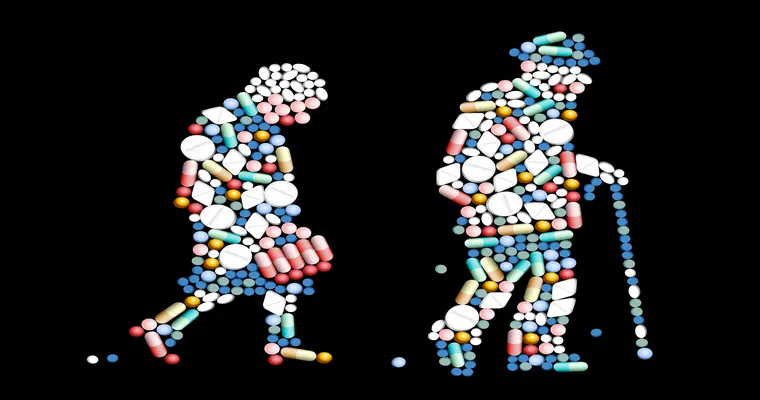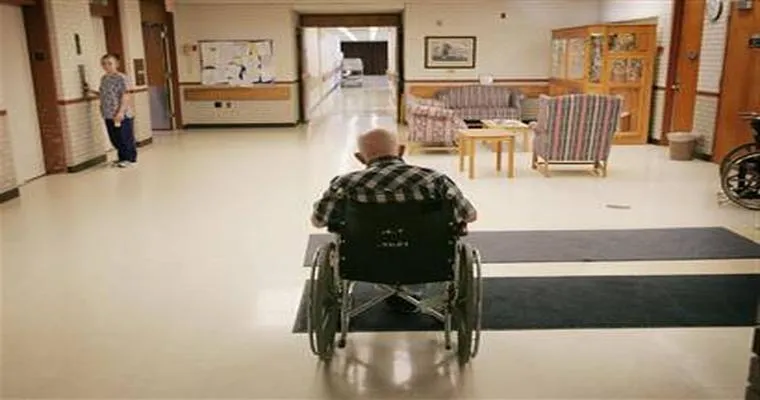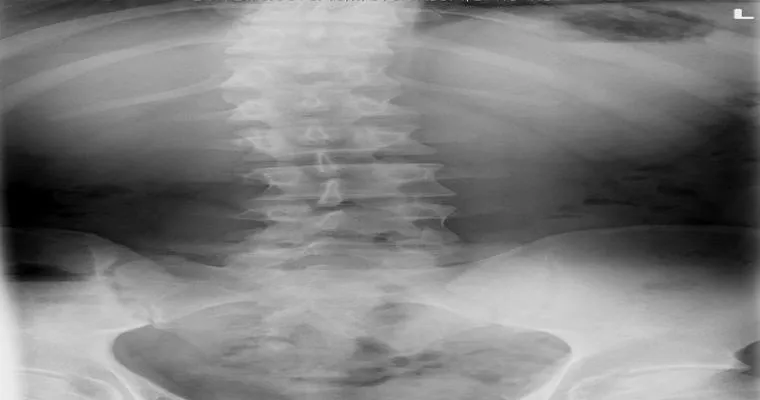As people age, they often face various health challenges that necessitate the use of multiple "medications". While these "drugs" can provide significant benefits, certain "medications" may inadvertently increase "fall risk" in older adults. Understanding the relationship between specific "medications" and enhanced "fall risk" is crucial for caregivers and healthcare providers to ensure the safety and well-being of their elderly patients.
One of the primary categories of "medications" that contribute to "fall risk" is "sedatives". These drugs, often prescribed for anxiety or sleep disorders, can cause drowsiness, dizziness, and impaired coordination. Common examples include benzodiazepines like diazepam and lorazepam. The sedative effects of these "medications" can lead to a higher likelihood of falls, particularly in older adults who may already have balance issues.
Another group of "medications" that are known to increase "fall risk" are "antidepressants". While they are essential for managing depression and anxiety, many older adults may experience side effects such as orthostatic hypotension, which can cause dizziness upon standing. Selective serotonin reuptake inhibitors (SSRIs) and tricyclic antidepressants (TCAs) have been linked to an increased risk of falls due to these side effects.
Additionally, "antihypertensives", which are used to manage high blood pressure, can also contribute to "fall risk". These "medications" can cause low blood pressure, leading to lightheadedness and fainting spells, especially during sudden position changes. Older adults taking multiple "antihypertensives" should be closely monitored for signs of dizziness or instability.
Furthermore, "opioids", often prescribed for pain management, can have debilitating side effects, including sedation and impaired cognitive function. The combination of these effects can significantly increase the risk of falls in older adults. It is imperative for healthcare providers to evaluate the necessity of opioid therapy and consider alternative pain management strategies when appropriate.
Lastly, "anticholinergics", commonly found in medications for allergies, colds, and gastrointestinal issues, can also pose a "fall risk". These drugs may cause confusion, blurred vision, and dizziness, particularly in older adults whose bodies may not metabolize these "medications" as effectively as younger individuals.
To mitigate the risk of falls, healthcare providers should routinely review the "medications" prescribed to older adults. It is vital to assess the benefits versus the risks associated with each drug, considering the patient's overall health, mobility, and history of falls. Engaging in regular conversations with patients about their "medications" can help identify any side effects that may contribute to an increased "fall risk".
In conclusion, while "medications" play an essential role in managing health conditions in older adults, it is crucial to recognize those that may increase "fall risk". By being aware of the potential dangers associated with certain "drugs", caregivers and healthcare providers can make informed decisions that prioritize the safety and health of older adults, ultimately reducing the incidence of falls and related injuries.





